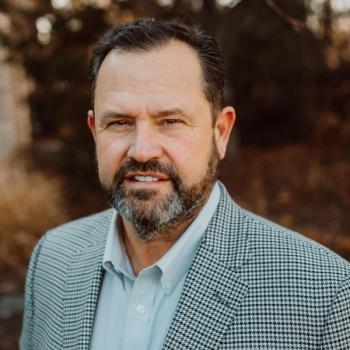
15 metropolitan areas with the most behavioral health providers per 100,000 people
If more screening creates more demand, these cities rank above the national average.
Supply and demand are out of balance for behavioral health providers (BHPs) and primary care physicians across the United States, according to a
Based on U.S. Census figures, the national average rate is 61 BHPs per 100,000 people in metropolitan areas with populations of at least 200,000 people. Some cities have far better rates for BHPs, and the 15 best have at least double the national average. The figures include psychiatrists, psychologists, behavioral therapists, social workers, and psychiatric nurse practitioners.
Market consultant
As of June, fewer adults were reporting symptoms of anxiety or depression than at the height of the COVID-19 pandemic. But in September the U.S. Preventive Services Task Force issued its
Those recommendations underscore “the potential that certain mental and behavioral health conditions are going untreated or undiagnosed, in part due to the nationwide provider shortage,” said the report by Sanjula Jain, PhD, Trilliant Health chief research officer.
“Despite efforts to better integrate primary care and behavioral health care, how will the screened population, if adopted nationally, be treated given the undersupply of BHPs?” the report said.
Trilliant Health published a list of 30 metropolitan areas with at least 200,000 people, and here are the top-ranked 15 metropolitan areas for the number of behavioral health providers per 100,000 people.
Newsletter
Stay informed and empowered with Medical Economics enewsletter, delivering expert insights, financial strategies, practice management tips and technology trends — tailored for today’s physicians.








